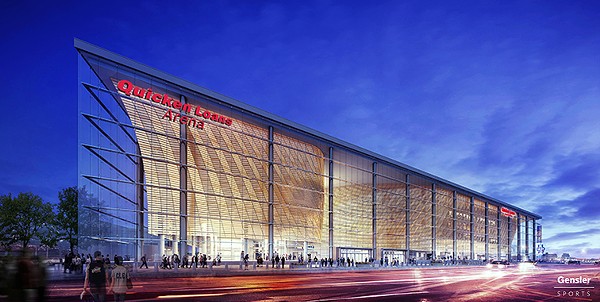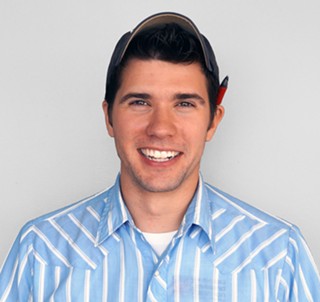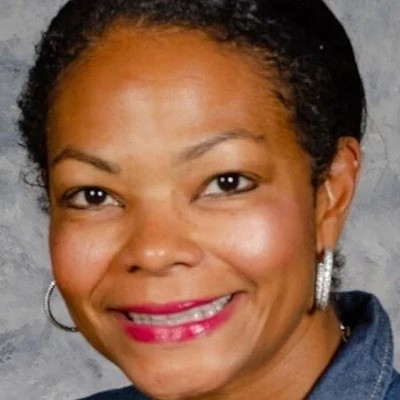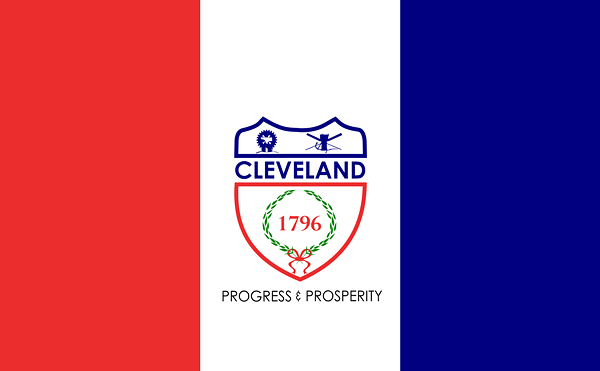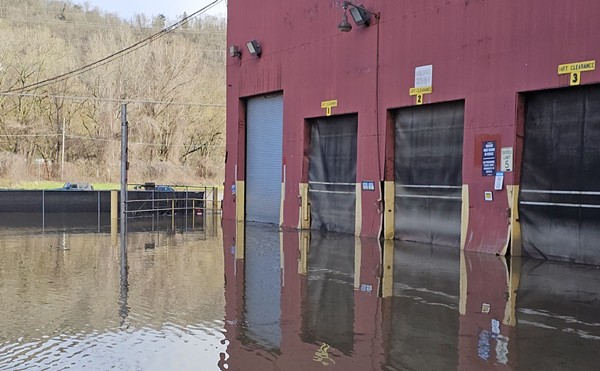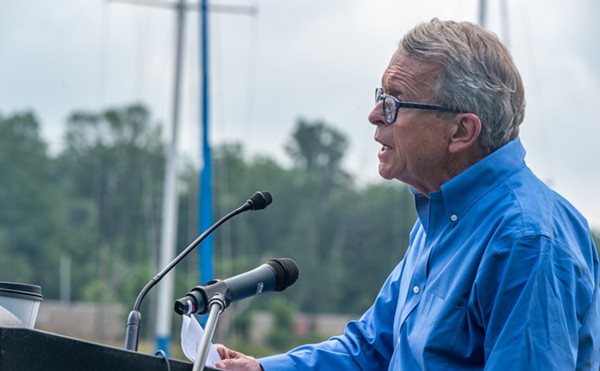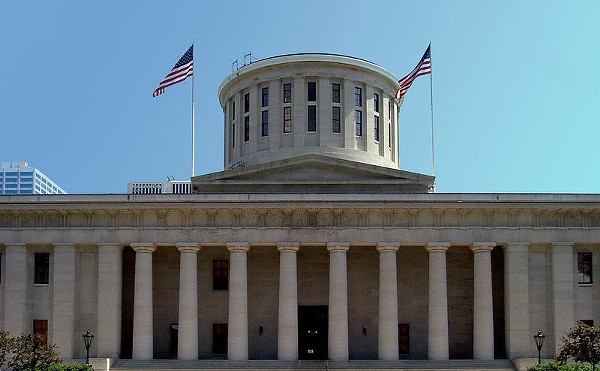This extra private funding, the release claimed, now raises the team’s commitment to more than $115 million. The project's total projected costs now hover at $185 million.
From the release:
The original $140 million investment for the project was a 50/50 split, with the Cavaliers committed to paying $70 million, plus covering any cost overruns. The Cavaliers’ portion of the funding will cover all non-public, club, suite, team, premium space, AV/LED, lighting and multi-media upgrades, as well as a significant portion of the public space updates, which includes concourse improvements and square footage increases.
The existing $70 million capped, public portion of funding will be repaid almost entirely from direct, arena event-related revenue sources and is being used to complete the remaining portion of the public space re-design, as well as the associated square footage increases. The revenue sources are primarily comprised of the existing Admissions Tax on tickets sold for events at The Q.
This is mostly propaganda, of course, but a few notes:
1) It's well to recall the original projected funding structure as assembled by Cleveland.com's Rich Exner. The largest percentage of the public portion will indeed be paid from the admissions tax on tickets to Q events — which would have otherwise reverted to the city's general fund in 2023, when the Gund Arena's construction is paid off at last. But a good deal of the public's contribution will come from Cuyahoga County reserves and the hotel bed tax, i.e., not "direct, arena event-related revenue sources."
2) The reason for Gilbert's increased funding commitment — "additional updates and improvements" is vague. It's unknown, for example, if the project's costs were significantly under-projected at the outset or if construction materials have become more expensive due to tariffs. (In either case, the Cavs agreed to cover all construction overruns as part of the agreement, as they say.)
But the press release suggests that these are new updates and improvements. If that's the case, the public partners should demand to know exactly what they are. If these new updates and improvements include restaurants, for example, that would directly contradict assurances the Cavs made to county councilwoman Sunny Simon, and later to Scene. The concern was that the larger, enhanced so-called "public space," with additional dining options, would "cannibalize" (Simon's language) downtown businesses.
Scene asked the Cavs directly about the FFE (furniture, fixtures and equipment) costs in May, 2017.
"There are no new restaurants planned in the new square footage," the Cavs said. "[We] might add a new coffee area, but that is still yet to be determined. This part of the project includes just updating and opening up existing food service spaces."
But $45 million is an enormous sum, and should be explained in detail. Scene has sought additional clarification from a Cavs spokesman.
Update: In a Crain's report, Cavs CEO Len Komoroski said that a Saucy Brew Works pub will be included in the renovated arena, in the south end, and that a new Wine & Gold United club will be coming to the northwest corner.
3) The notion that the public and private portions will be segregated and allocated for specific budget items is possible, but unlikely, given that most of the project's costs are being paid with revenue from county bonds, the principal and interest of which will be repaid over the next 17 years with no shortage of challenges.
The notion, for that matter, that there are "public" and "non-public" updates is laughable, given that the entire venture was executed for the enrichment of private interests, Frank Jackson's plaudits notwithstanding. The facility's "public ownership," and the idea of "public space" therein, will never not be a cruel insult when the profits are so overwhelmingly concentrated in the hands of the franchise's ownership, and when so few of the public actually get to experience the facility. Fully 90 percent of attendees to Cavs games do not live in the city of Cleveland. Ninety-five percent of attendees for other Q events don't live in Cleveland; 74 percent don't even live in the county.
Moreover, the so-called "public spaces" — the concourse and the expanded square footage — will also likely be dominated by corporate signage and digital advertising, the profits from which, naturally, will flow right back to Gilbert. In April, Crain's reported that the Cavs were enticing corporate sponsors after they'd enlisted the services of Infinite Scale, a company that specializes in designing "sponsor integration spaces."
When the transformed arena is complete, "you can expect to see plenty of creative, new spots," Kevin Kleps reported, "quite a few of which will have sponsors' names attached."
The Cavs press release Tuesday also noted that the diversity and inclusion goals mandated by the city of Cleveland's Community Business Agreement have been surpassed. As of July, 19 percent of the companies contracted to work on the renovation are "considered minority-owned"; 23 percent are woman-owned; 36 percent of the project’s workforce is "considered diverse." This point can be cheered, but mustn't cloud the larger themes of manipulation and exploitation.
We also noted last May that it would be possible for the Cavs to pull a stunt like this, (announcing an increased private contribution, or the payment of overruns), and that it would be impossible to verify without knowing details of the actual project costs. We laid out this scenario.
Say the Cavs and the public were teaming up to buy a new car. Say the Cavs estimated that the car would cost $200,000. Say the Cavs promise to pay half of the cost with "increased rent." The public rejoices that they'll only have to contribute $100,000 for the pricey new car. The public sells some bonds, hands over the money, and never hears from it again. The car is purchased.
Two years later, the Cavs issue a press release saying the car cost $205,000, so they only had to chip in an extra five grand. But they'd promised to cover overruns, so it was no big deal!
(Of course, the car may have only cost $40,000, but the public would have no way of knowing.) Meanwhile, the public pays back interest on the $100,000 in bonds it sold and the Cavs merrily pay their portion, quite possibly with the excess funds it received from the public.

